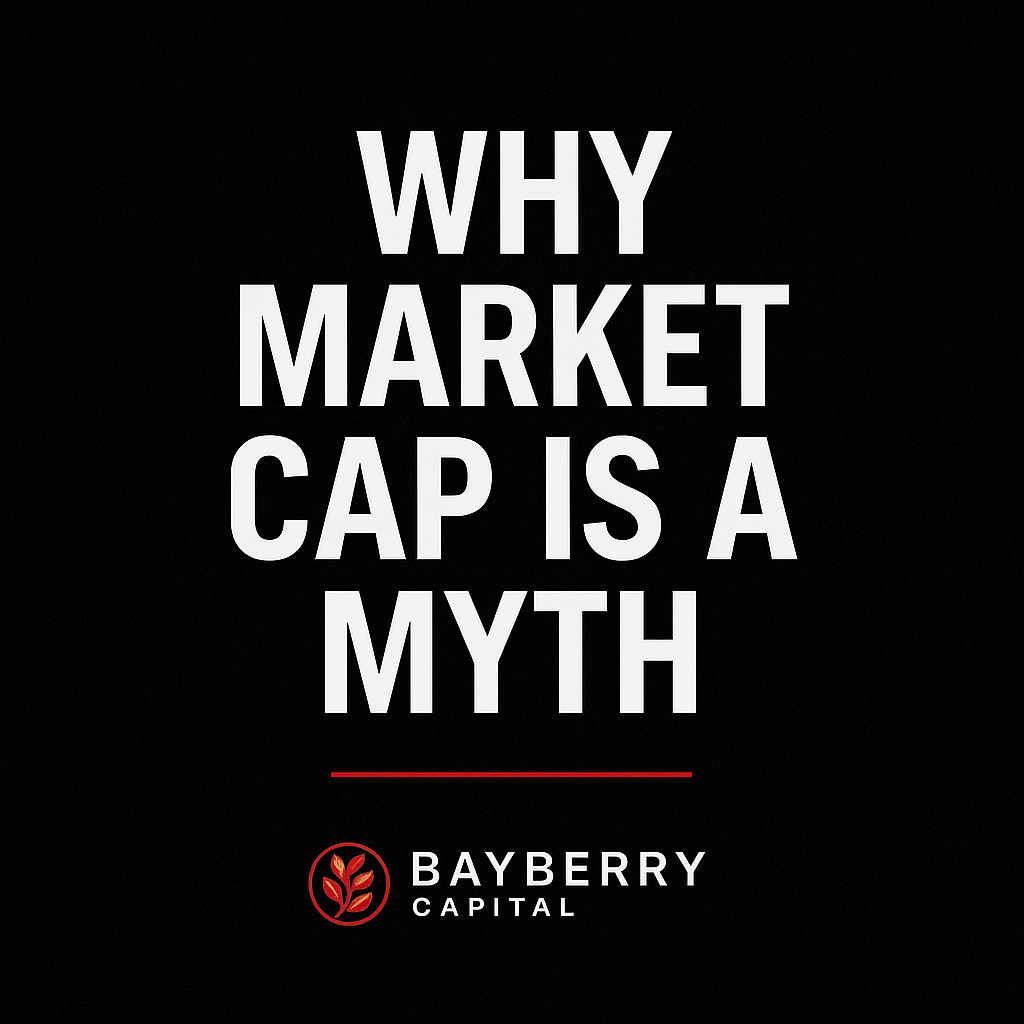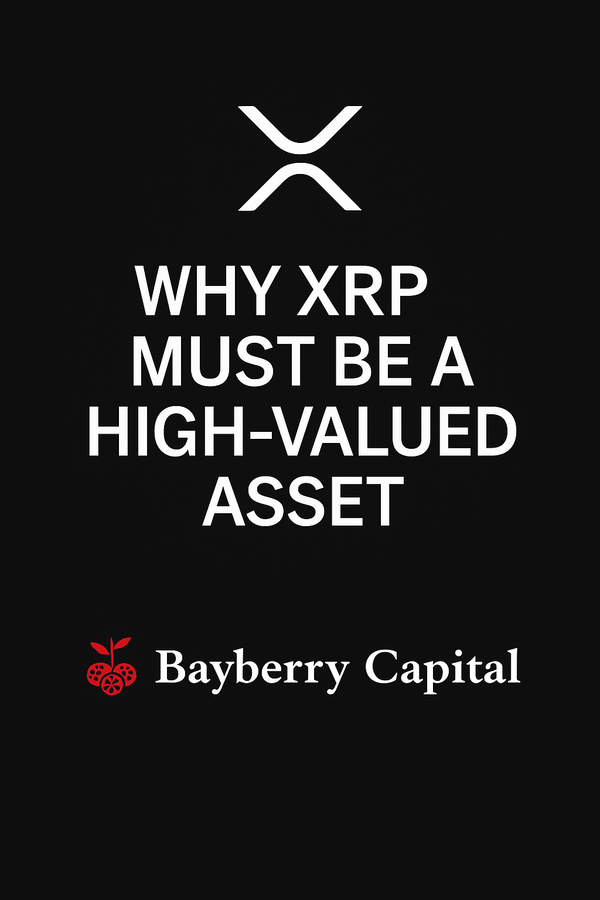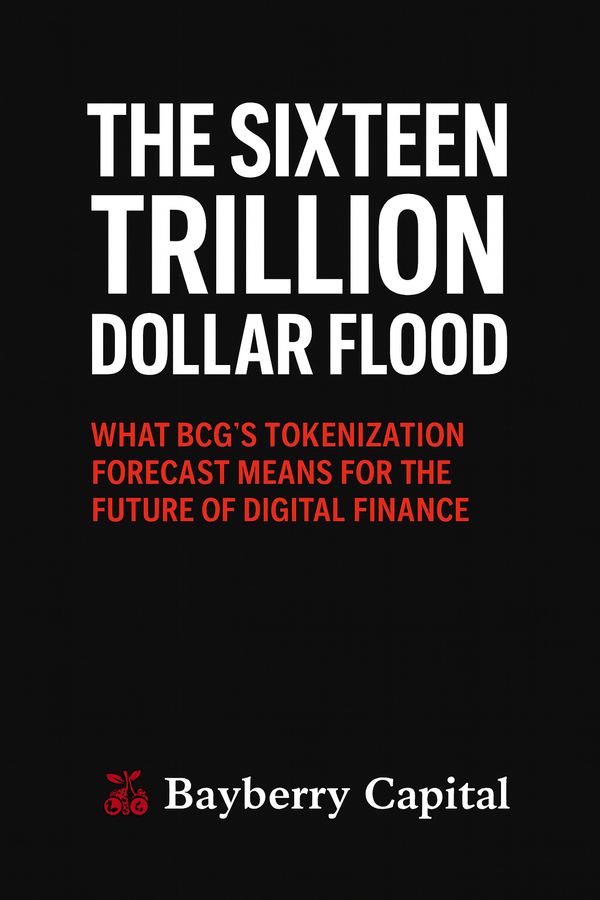Why Market Cap Is a Myth: Understanding Real Valuation in Digital Assets

If you’ve been in crypto for more than a few weeks, you’ve seen it:
The rankings.
The market cap comparisons.
The tired claims that one asset is “undervalued” or “overvalued” based purely on a floating number — market cap.
Here’s the truth:
Market cap is not a measure of value.
It is not a metric of strength.
And it tells you almost nothing about what an asset is worth — especially in a space where utility, supply, and liquidity dynamics are wildly misunderstood.
In traditional finance, market cap applies to equities: shares of ownership in a company with earnings, cash flows, and operating businesses.
In digital assets, most are not securities. They are currencies, commodities, or infrastructure layers.
This post will break down:
- Why market cap is a poor valuation tool
- How it misleads investors
- What to use instead
- And why understanding this distinction is key to winning the next phase of this market
The Origin of Market Cap — And Its Misapplication
The concept of “market capitalization” was borrowed from the stock market:
Stock Price × Outstanding Shares = Market Cap
This works for equities because:
- Stocks represent ownership in a business
- Price reflects expected future cash flows
- Market cap can act as a proxy for company size
But in crypto?
You’re not buying a share of revenue.
You’re not entitled to profits.
You’re not even dealing with consistent supply models across projects.
Instead, market cap in crypto is:
Token Price × Total or Circulating Supply
This gives the illusion of comparability — but it’s a flawed lens.
The Problem: Supply ≠ Liquidity
Most crypto tokens have locked, non-circulating, or unavailable supply.
Foundations, early investors, or teams often hold large portions of supply that do not affect market price — yet they’re still factored into the market cap.
This leads to:
- Inflated rankings
- Artificial perceptions of strength
- Misplaced confidence in weak projects
An asset with a $5 billion market cap may have only a few million dollars in daily liquidity.
One major sell can collapse the price — proving the market cap meant nothing.
Market cap does not tell you what it would cost to buy the network.
It tells you what the last trade was, multiplied by a theoretical supply.
Currencies ≠ Equities
Currencies (like XRP or RLUSD) don’t operate like stocks.
They’re tools — infrastructure — designed to move value, settle payments, or enable tokenization.
You don’t evaluate the U.S. dollar, Japanese yen, or euro by “market cap.”
You evaluate them by:
- Liquidity
- Usage
- Trust
- Interoperability
- Network effects
Valuing crypto assets like currencies or infrastructure requires a different lens entirely.
What Matters Instead: Real Valuation Metrics
If market cap is noise — what matters?
1. Liquidity Depth
Can this asset absorb real capital inflows or outflows without major price slippage?
2. Utility + Velocity
Is the asset actually used in the real world? Is it settling transactions, powering smart contracts, or enabling tokenized transfers?
3. Scarcity + Supply Schedule
What’s the total cap? Is it inflationary? Is supply being released or burned?
4. Regulatory Standing
Can this asset survive compliance scrutiny? Will it be part of the regulated future?
5. Infrastructure Integration
Is it part of payment networks, tokenization platforms, or enterprise tech?
These are the metrics serious investors focus on.
Market cap is not among them.
The XRP Example
XRP has often been misunderstood in this context. Critics point to its “large market cap” as if that implies overvaluation.
But XRP’s value lies in:
- Instant settlement across borders
- Integration with enterprise systems
- Regulatory clarity (unlike most assets)
- Scarcity through escrow mechanisms
- Coming integration with RLUSD for real liquidity rails
Its market cap doesn’t reflect its utility, its throughput capacity, or its integration footprint.
This is true for any real infrastructure asset — you can’t value roads by the price of the last brick sold.
Stop Using Stock Tools to Measure Infrastructure
The digital asset space is not a stock market.
It is a new financial architecture — one where currencies, infrastructure protocols, and settlement layers replace middlemen.
If you bring Wall Street tools to this system — like market cap comparisons — you’ll be misled.
But if you look deeper — at utility, liquidity, velocity, and adoption — you’ll begin to see which assets truly matter.





